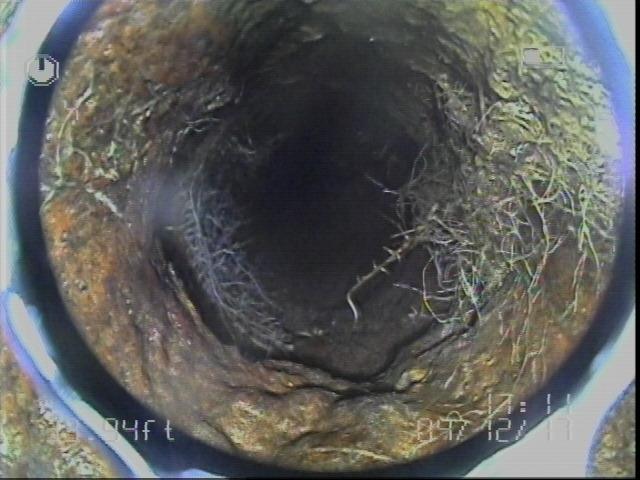
What Homeowners Need to Know
When it comes to plumbing, the materials used in older homes can be as telling as the architecture itself. Aged cast iron plumbing is one such material that, despite being phased out in modern construction, still runs through the walls and beneath the floors of many historic homes and buildings. If you’re a homeowner with cast iron plumbing, or considering purchasing an older property, understanding the implications of this material is crucial.
A Brief History of Cast Iron Plumbing Cast iron plumbing has been around for centuries, first appearing in Europe in the 16th century and becoming widely adopted in the United States by the 19th century. Known for its strength and durability, cast iron was the go-to material for waste pipes and sewer lines in both residential and commercial buildings. It wasn’t until the 1970s and 1980s that other materials like PVC started to take over due to their lower cost and ease of installation.
Many cast iron pipes in older homes are still in use today, a testament to their longevity. However, as these systems age, they can present a unique set of challenges that homeowners need to be aware of.
Why It Was Used
1. Durability: Cast iron is durable. With a lifespan of 50 years or more, it’s no surprise that so many older homes still have these pipes.
2. Strength: In good condition, cast iron pipes were resistant to damage from impacts and external pressures, such as tree roots or shifting soil. This makes them particularly durable in harsh environments.
The Challenges of Aged Cast Iron Plumbing
1. Corrosion and Rust: Over time, cast iron is susceptible to corrosion and rust. This process can weaken the pipes, leading to cracks, leaks, and in some cases, complete pipe failure. Rust can also accumulate inside the pipes, reducing water flow and causing blockages.
2. Weight and Installation: Cast iron is heavy, making it more challenging to install and repair. The weight of the pipes also means that older plumbing systems may require additional structural support, which can complicate renovations.
3. Costly Repairs and Replacements: Repairing or replacing cast iron plumbing can be expensive. Due to the material’s weight and the skill required to work with it, labor costs are often higher compared to other materials. Additionally, if the pipes are buried underground, excavation may be necessary, further driving up costs.
4. Vulnerability to Tree Roots: Despite their strength, cast iron pipes can be infiltrated by tree roots over time. Once inside, these roots can cause significant damage, leading to blockages and leaks.
Signs that Cast Iron Plumbing May Need Attention
If your home has cast iron plumbing, it’s important to be aware of the signs that your pipes may be deteriorating. Here are some red flags to watch out for:
– Slow Drains: If your sinks, tubs, or toilets are draining more slowly than usual, it could be a sign of a blockage caused by rust or corrosion inside the pipes.
– Frequent Clogs: Regularly occurring clogs can indicate that your pipes are narrowing due to rust buildup.
– Rusty or Discolored Water: If your water has a reddish tint, it could be a sign that your pipes are rusting from the inside out.
– Leaks or Water Damage: If you notice wet spots on your walls, ceilings, or floors, it could be a sign of a leak in your cast iron pipes.
– Sewer Odors: If you smell sewage in your home, it could indicate a crack or break in your sewer line.
Repair or Replace?
When dealing with aged cast iron plumbing, the big question is often whether to repair or replace the pipes. The answer depends on the condition of your plumbing system and your long-term plans for the property.
– Spot Repairs: If the damage is localized, such as a small crack or a blockage, a spot repair may be sufficient. However, keep in mind that repairing one section doesn’t address potential problems elsewhere in the system.
– Replacement: If your cast iron plumbing is nearing the end of its lifespan, or if you’re experiencing frequent issues, replacement may be the best option. Modern materials like PVC are easier to work with, more affordable, and resistant to many of the issues that plague cast iron.
Conclusion
Aged cast iron plumbing is a double-edged sword. On one hand, it’s a durable and reliable material that has stood the test of time. On the other, as these pipes age, they become more susceptible to problems that can lead to costly repairs and even structural damage to your home. Regular inspections and maintenance are key to prolonging the life of your cast iron plumbing. But for many homeowners, the best course of action may be to plan for a future replacement, ensuring that your plumbing system is as reliable as the day it was first installed.
